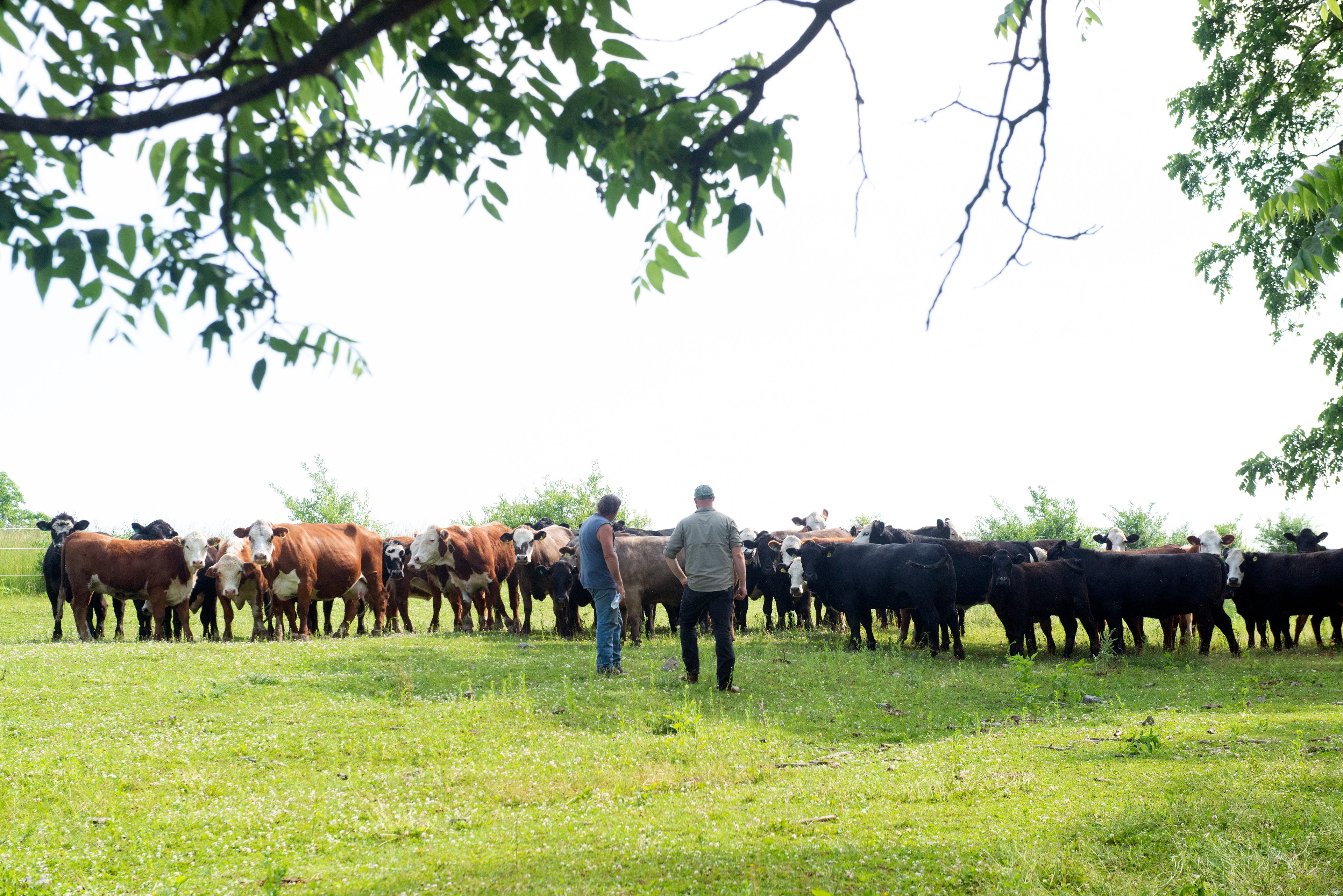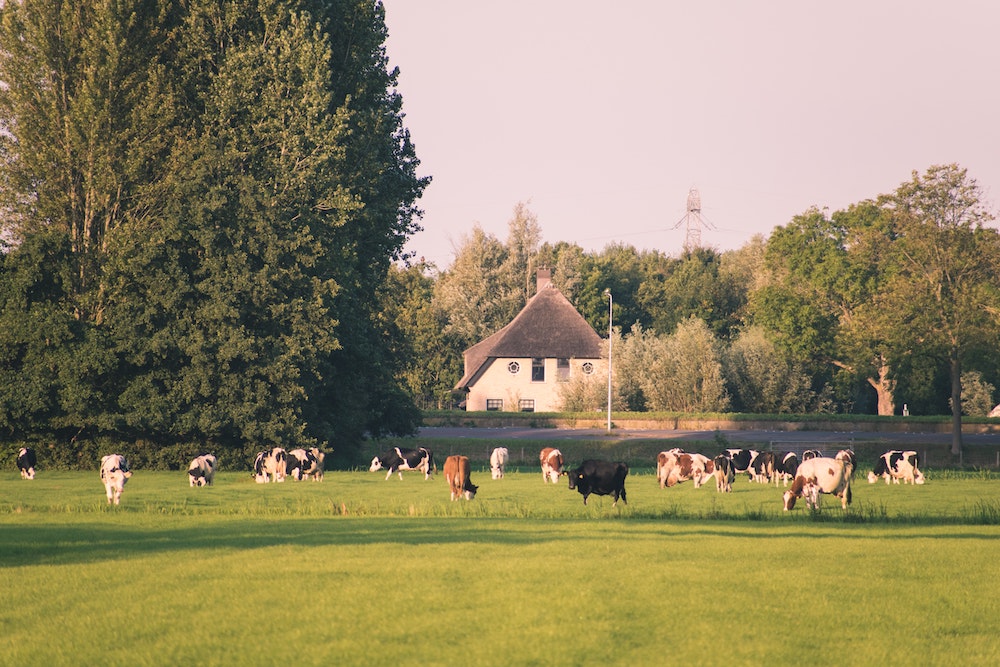
Our Commitment
Our mission is to create a local food system that works and in doing so, improve the lives of the people and animals that feed us. We’re working at this by providing chefs, whether at home or professional, access to ethically-raised meat from local family farmers.Local small-scale farmers want to supply consumers in urban areas, but lack the time, infrastructure, scale and resources to move all the cuts of an animal. That’s where Happy Valley Meat Co. comes in. We purchase whole animals from farmers, work with small-scale processors to portion our meat, and sell every single part of the animal to people who want it. As a certified B Corp, we do our best to work better. We consider the impact our work has on our partners, employees, the community, and the environment. To that end, we have a commitment to spend at least 50% of our non-labor expenses at local independent suppliers and serve at least 75% local customers/clients on a revenue basis. Our farmers are paid a significant and fixed premium over commodity prices for humanely raised animals. This ensures better lives for farmers, a better ecosystem for animals, and better food for all.We think that makes sense.

Our Welfare Promise
Animal welfare is a pillar for us at Happy Valley Meat Company. That is why all of our farms and slaughter facilities are required to follow our own animal welfare standards created based on the five freedoms, globally recognized by animal advocates as the gold standard in animal welfare.
1
/
of
2
